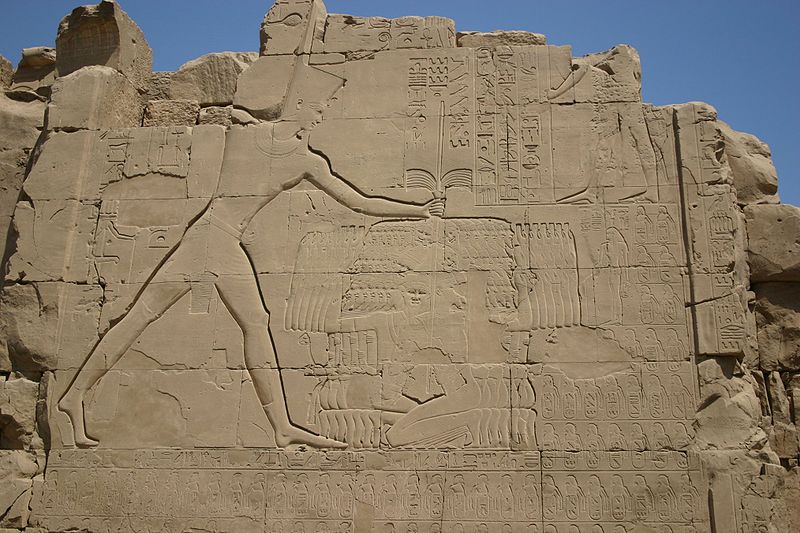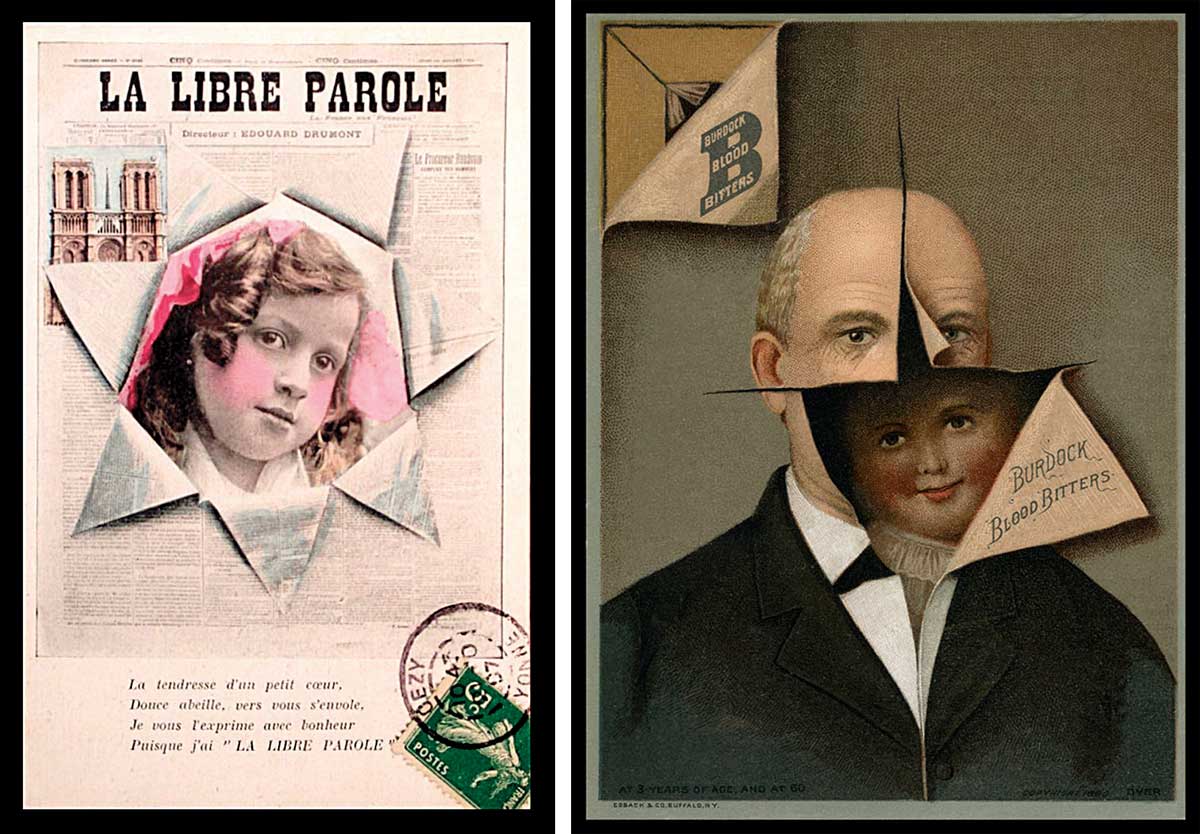via the OUP blog

“Toni Morrison by West Point – The U.S. Military Academy.” Public Domain via Wikimedia Commons.
In the late 19th and early 20th-century America, a new image of womanhood emerged that began to shape public views and understandings of women’s role in society. With the suffrage and labor movements, the “new woman” emerged. These modern women were attending colleges, rejecting domesticity, asserting themselves politically in public, and becoming a part of the cultural landscape through literature. As the 20th century progressed, the voices of women pushed for more self-discovery and freedom from society’s traditional limitations.
The Oxford Research Encyclopedia of Literature delves into some of the most prominent literary figures in the 20th century that shaped the ideas of modern womanhood.
Continue reading
==============================
via the Guardian by Esther Addley

Digital recording of skeletons at St James’s gardens burial ground. Photograph: HS2/Mola Headland Infrastructure
Archaeologists on the HS2 rail link between London and Birmingham have begun work on the UK’s biggest ever excavation, cutting an “unprecedented” slice through 10,000 years of British history.
The mammoth archaeological project, taking in more than 60 separate digs along the 150-mile route, is the first stage in construction of the controversial rail line ahead of main building works starting next year.
The developers have now revealed some of their early finds including a prehistoric hunter-gatherer site on the outskirts of London, a Wars of the Roses battlefield in Northamptonshire, a Romano-British town near Aylesbury in Buckinghamshire and an Iron Age settlement in Staffordshire.
Continue reading
==============================
via ResearchBuzz Firehose: Thames Water

Thousands of never-before-seen images documenting Thames Water’s past and the growth of London are now available to the public after a mammoth archiving project.
The historic photographs of iconic and critical sites, including Walthamstow reservoirs, Abbey Mills pumping station and Beckton sewage works, from across the capital span almost a century, from 1886 to 1976, and can be downloaded for free.
The collection, loaned to the London Metropolitan Archive (LMA) to undergo a programme of conservation, cataloguing and repackaging, contains 18,000 glass plate negative slides, 2,000 ‘lantern’ slides and 158 wastewater books, which include maps and drawings, and would stretch over 1,000 metres in total if placed together.
Continue reading
==============================
via tjhe New Statesman by Mark Cocker

The tale of the British herring industry is one of profligate waste
Cod, carp, eel, herring and salmon might seem an odd quintet, but these charismatic, story-rich species changed our nation.
met the author of this book once, when we did a double piece for a newspaper, in which I tried to persuade him of the pleasures of birds, while he tried to make me into a fisherman. Even on the day, I knew that placing him in front of thousands of migrant ducks and waders scattering across a Norfolk winter sky was never going to work. Charles Rangeley-Wilson values feathers mainly for tying flies; his eyes are for creatures with fins. As a writer and television presenter he has spent his life celebrating fish. Otherwise he devotes himself to what he calls “the best waste of time ever invented: fishing”.
==============================
via Interesting Literature
A close reading of Hardy’s poem
‘At an Inn’ was published in Thomas Hardy’s first collection of poetry, Wessex Poems (1898). The poem, in summary, tells of Hardy’s visit to an inn with a woman who is mistaken for his lover by the servants working at the inn.
Continue reading
==============================
via The National Arvhives Blog by Dr Juliette Desplat and Dr George Hay

Bas-relief of the temple of Karnak, Luxor, showing Thutmose III after his victory at Megiddo (© Juliette Desplat)
They are demonic spirits that perform signs, and they go out to the kings of the whole world, to gather them for the battle on the great day of God Almighty (…). Then they gathered the kings together to the place that in Hebrew is called Armageddon.In English, we call it Megiddo. Megiddo – now in the north of Israel, about 25 miles from Haifa – is a place where some of the greatest battles in history have taken place. The Book of Revelation, the last Book of the New Testament, gives it as the location of the final battle between Good and Evil, and of the end of the world. Around 1457 BC, Pharaoh Thutmose III put the King of Kadesh’s Canaanite troops to rout in what is now known as the first battle properly recorded. A hundred years ago, in September 1918, General Edmund Allenby won arguably the most decisive yet least discussed British victory of the First World War.
Continue reading
==============================
via Boing Boing by Mark Frauenfelder

These old advertisements are creepy and as annoying as many of the online ads you'll find over at /r/assholedesign.
==============================
via the New Statesman by Peter Parker

Jean Moorcroft Wilson’s new biography convincingly makes the case for Graves as a major war poet, however much he attempted to escape that role.
“My experiences in the First World War have haunted me all my life,” Edmund Blunden confessed the year before he died, “and for many days I have, it seemed, lived in that world rather than this.” Siegfried Sassoon felt much the same, and despite producing many volumes of verse on other topics both men would continue to be fêted as war poets.
Continue reading
==============================
Amongst other things, you can't get away with handling a salmon suspiciously in Scotland.
via the Big Think blog by Ned Dymoke
- While a few of the laws on this list are holdovers from long ago, some laws are as recent as 2011.
- While marrying a dead person or handling salmon suspiciously might sound morbid or hilarious, these laws have historical context.
- Some of today's laws might seem as antiquated as these in 100 years, too.
==============================
via the OUP blog by Robin Derricourt

A Neanderthal family scene: reconstruction at Krapina Neanderthal Museum, Croatia by Tromber. CC BY-SA 4.0 via Wikimedia Commons.
Through most societies of the human past, children comprised half the community. Archaeologists and their collaborators are now uncovering many aspects of the young in societies of the deep past, too long the ‘hidden half’ of prehistory.
In coastal mud at Happisburgh in England, footprints of ancient Homo dating from 800,000 years ago include those of a child just 3ft, 3in high. In the caves of Upper Palaeolithic France, more footprints show adult cave painters were accompanied by children. Ochre markings around the outstretched hand of a patient child held against a rock wall are permanent graffiti that have lasted 20,000 years, and the fingers of two-year-old children daubed paint on walls suggest them sitting on an adult’s shoulders.
Continue reading
No comments:
Post a Comment